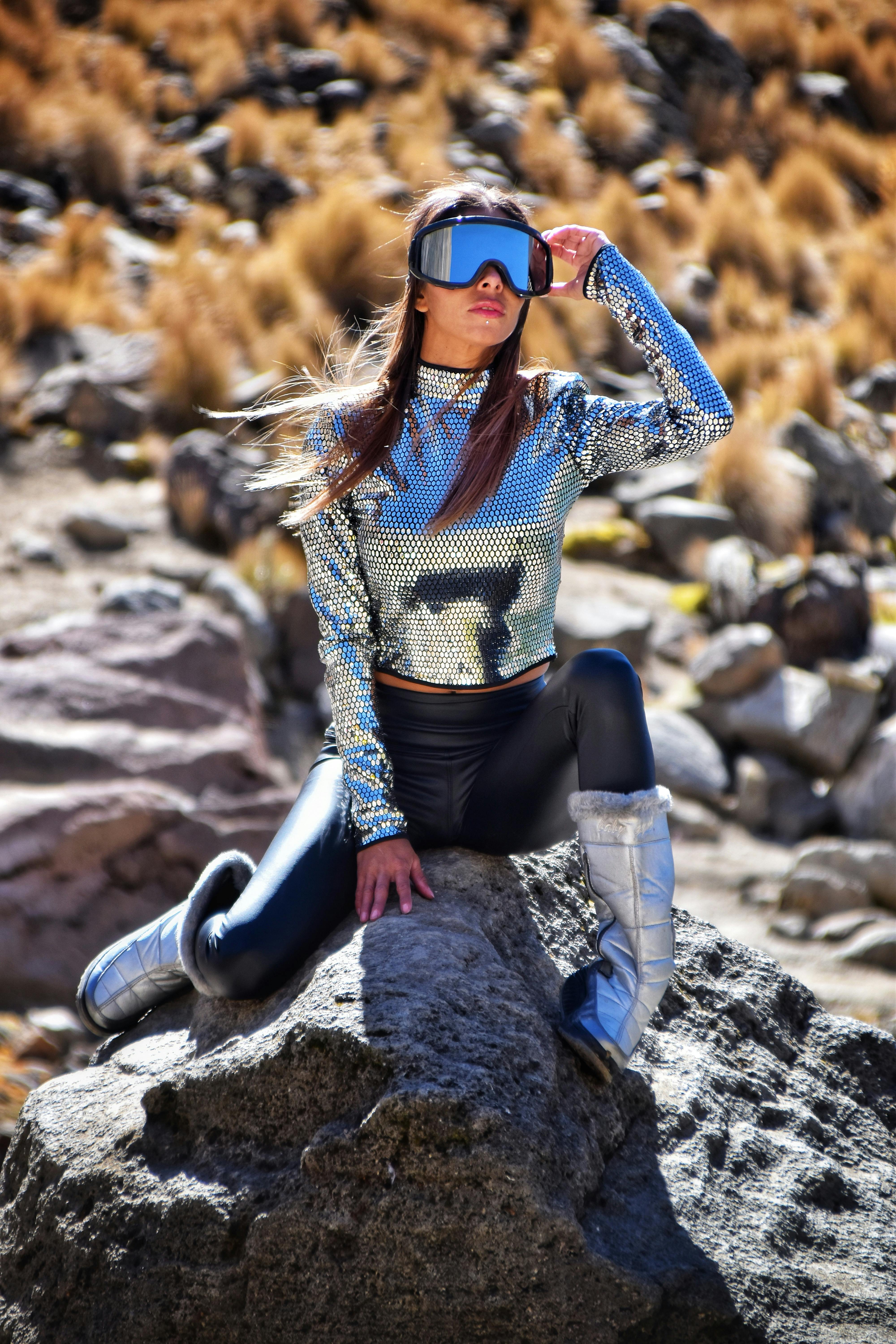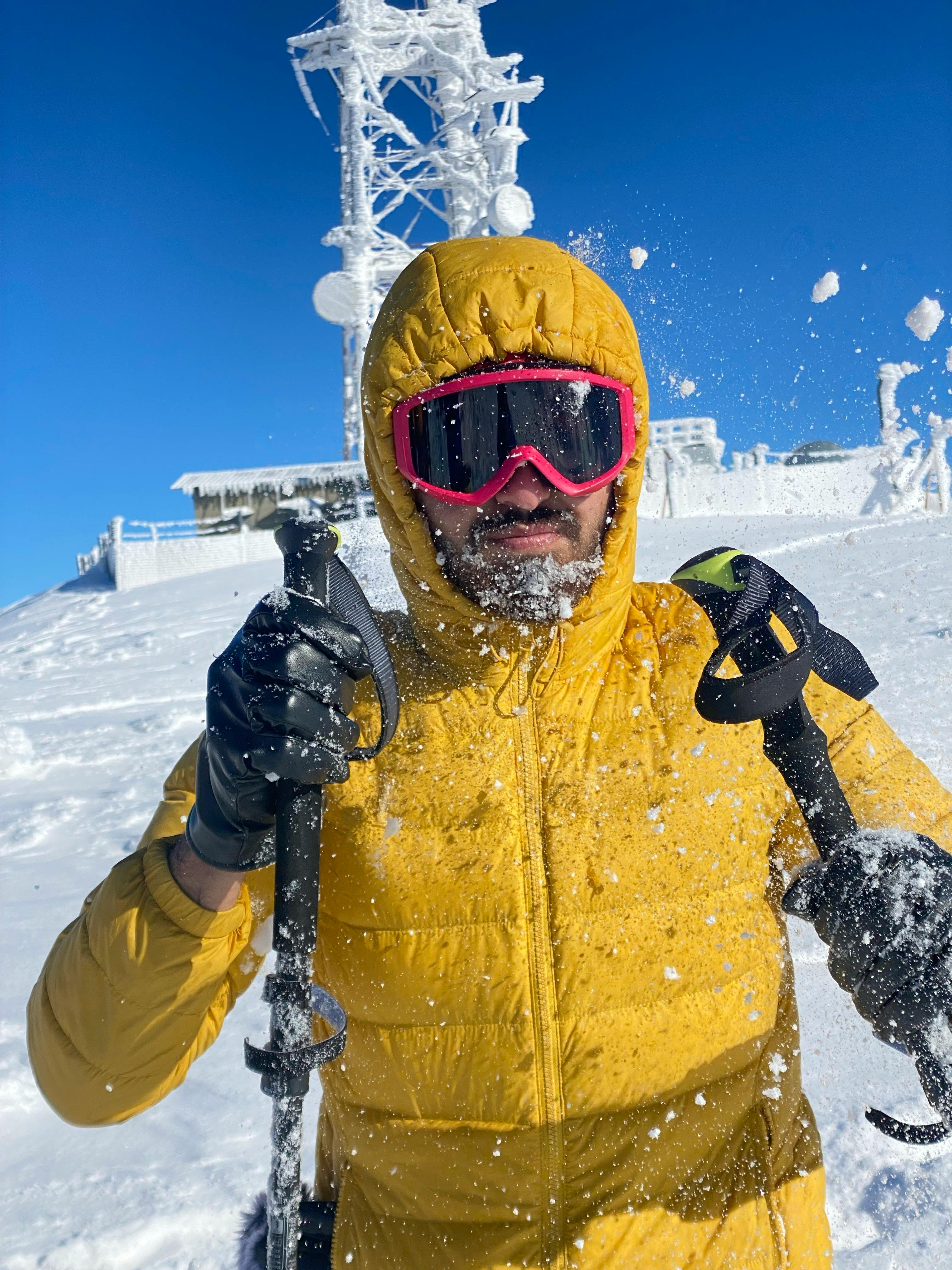5 Essential Tips for Elderly Skiers with Nearsightedness: How Prescription Ski Goggles Transform Your Experience
Skiing has always been more than just a sport to me—it's a way of life. The exhilarating freedom of carving down slopes, breathing in the crisp alpine air, and connecting with nature is unparalleled. But as a skiing educator and professional, I’ve seen a recurring challenge faced by a growing group of enthusiasts: elderly skiers with nearsightedness. This isn’t something we talk about enough, yet it’s profoundly important to address because every person—regardless of age or visual limitations—should be able to enjoy the slopes. So, let’s unpack the best ways for elderly skiers with nearsightedness to embrace their passion with confidence.
1. The Common Dilemma: "Can I Wear Prescription Glasses Under Ski Goggles?"
As someone who’s spent countless hours teaching skiing to all types of students, I’ve witnessed firsthand the struggles of wearing prescription glasses under ski goggles. Many of my students and even friends who are getting on in years have shared valid concerns about discomfort, fogging, and compatibility. These issues can be extremely frustrating, significantly hampering both performance and enjoyment.
To empathize, let me take you back to when I first started at a local ski school as an instructor. One memorable student—a retired teacher named Greg—loved skiing but fought with his setup for years before deciding to seek advice. His glasses would pinch under his goggles, fog up within moments, and constantly slide down his nose during descents. Each time we stopped for a breather, he'd fumble with his setup, trying in vain to clear the fog or adjust his fit. These interruptions detracted from the flow of the experience—a feeling familiar to many who find themselves stuck in this situation.
Through helping Greg and others with similar challenges, I began exploring solutions like OTG (Over The Glasses) goggles. While these goggles are somewhat accommodating, they're far from perfect. They tend to add bulk and don’t fully resolve the fogging issue, leaving users feeling underserved. That’s when I discovered an alternative game-changer: prescription ski goggles with lens inserts.

2. Why Prescription Ski Goggles with Inserts Are a Game-Changer
Fast forward to my current role as a brand ambassador for Overo Glasses, where I’ve had the privilege of testing some remarkable technology. Prescription ski goggle inserts, like the ones from Overo, have redefined the way skiers with nearsightedness tackle the slopes. If you’re unfamiliar with this innovation, allow me to break it down.
The concept is simple yet brilliant: instead of forcing your glasses under bulky goggles or dealing with the hassle of contact lenses (which many elderly users find uncomfortable in cold and windy climates), prescription inserts custom-fit your exact vision correction needs and seamlessly attach inside your ski goggles. This means you can use your regular goggles, maintain comfort, and ensure superior visual clarity.
Here are some specific features of the Overo Prescription Ski Goggle Inserts that stand out:
- Crystal-Clear Vision in All Weather: Thanks to a military-grade anti-fog coating, you’re freed from constant fog-wiping, even in high humidity or sub-zero temperatures.
- Perfect Compatibility: These inserts integrate flawlessly with virtually all major ski goggle brands, so you don’t have to replace your tried-and-true goggles.
- Custom Optics, Just for You: Each lens is tailor-made to your detailed prescription, ensuring precision for both nearsighted and astigmatic corrections.
- Eco-Friendly Innovation: It’s satisfying to know that products like these are crafted with recyclable materials, honoring nature while enhancing performance.
I’ve personally tested these inserts in everything from light powder days in Colorado to extreme conditions in Hakuba, Japan. Not once did I feel my vision compromised—no fog, no discomfort. It allowed me to fully immerse myself in the joy of skiing, and better yet, it reinvigorated veteran skiers like Greg, who'd all but given up hope of a seamless experience.

3. Exploring Non-Insert Alternatives: What Works and What Doesn’t
For those who aren’t ready to try prescription inserts, there are still alternative solutions worth considering. Over the years, I’ve advised skiers about everything from contact lenses to specialty goggles. Here’s an honest breakdown of what works and where some solutions fall short:
a. Contact Lenses
Contact lenses certainly provide a practical option for sharper vision without the added bulk of glasses. Many skiers I’ve trained choose this route, enjoying the improved peripheral vision they offer on the slopes. However, cold and dry environments can irritate the eyes—an issue that’s even more pronounced for elderly users whose eyes may already be prone to dryness or sensitivity.
b. OTG (Over The Glasses) Goggles
These are designed specifically to fit over regular prescription glasses and are an entry-level solution for skiing with nearsightedness. However, based on my experience and feedback from countless skiers, fogging and discomfort are still common complaints.
c. Prescription Ski Goggles
These are custom-made goggles that include a built-in prescription lens. While offering impeccable clarity, they come with hefty price tags and limited flexibility; you can’t switch the prescription if your vision changes or use them for other activities. Additionally, brand options are fewer compared to regular goggles.
Of all the solutions, prescription ski goggle inserts strike the best balance between affordability, convenience, and effectiveness, whether you’re gearing up for a casual family ski trip or an advanced ski session.

4. Preventing Fog: Practical Tips for Crystal-Clear Vision
Even the best prescription goggles need help from good habits to maintain optical clarity. One critical concern I hear repeatedly is “How can I stop my lenses from fogging up?” Having faced this issue myself during countless expeditions, let me share a combination of simple tricks and expert strategies:
- Ventilate Properly: Choose goggles with adequate ventilation systems that promote airflow and reduce condensation buildup.
- Anti-Fog Wipes or Sprays: Pre-treat your lenses with high-quality anti-fog solutions. Overo’s inserts already come pre-treated, eliminating one step for users.
- Layer Strategically: Avoid overdressing your upper body, which can cause excess heat buildup and fogging inside goggles.
- Stop Over-Tightening Straps: While a secure fit is important, overly tightened straps can block airflow and contribute to fogging.
These small changes can have a significant impact on your skiing experience, ensuring uninterrupted enjoyment—just like the professionals.

5. Why Every Elderly Skier Deserves a Seamless Vision Experience
Skiing is a celebration of vitality, and age should never be a barrier. I’ve encountered countless elderly skiers drawn back to the sport after upgrading their equipment, often commenting, "It feels like seeing the mountain again for the first time." Whenever I witness this transformation—a process that’s easier than you might think—it solidifies my belief that effective visual solutions like the Overo Prescription Ski Goggle Inserts are more than just products; they’re enablers of adventure.
If you’re an elderly skier or someone looking to help an older loved one rediscover their love for the slopes, start by addressing visual limitations with the right tools. I’ve spent years testing products with uncompromising standards, and Overo’s dedication to empowering skiers of all backgrounds has earned my trust.
So, to all skiing enthusiasts looking for a visual upgrade, don’t let nearsightedness hold you back. Whether through inserts, expert-tested tips, or supportive community stories, the slopes are waiting. And trust me, they’ve never looked better.
Frequently Asked Questions
Can I use regular goggles with inserts if I have a severe prescription?
Yes, prescription ski goggle inserts are designed to accommodate a wide range of prescriptions, including severe nearsightedness and astigmatism. You’ll simply need to provide your accurate optical prescription when ordering the inserts.
How do prescription inserts differ from OTG goggles?
OTG (Over The Glasses) goggles are worn over your prescription glasses, which can lead to issues like fogging, discomfort, and poor fit. Inserts, on the other hand, attach directly inside your goggles and offer seamless integration and superior clarity without compromising comfort or compatibility.
Are the inserts compatible with my existing ski goggles?
Most prescription inserts are designed to fit a variety of ski goggles from leading brands. It’s always a good idea to check the compatibility guidelines provided by the manufacturer to ensure a perfect fit.
Will inserts fog up during skiing?
High-quality inserts like Overo Prescription Ski Goggle Inserts come with military-grade anti-fog coatings, reducing the chances of fogging. Additionally, practicing good ventilation and using anti-fog wipes can further ensure clarity during your ski sessions.
Are there other alternatives to inserts, and which are most effective?
Alternatives include contact lenses, OTG goggles, and prescription-built goggles. Each has pros and cons, but inserts balance affordability, effectiveness, and versatility, making them a favored choice for most skiers.
How do I maintain my prescription inserts?
Regularly clean your inserts with a microfiber cloth and store them in a protective case when not in use. Avoid abrasive cleaning solutions, and check with the manufacturer for specific care instructions.
References
- All About Vision: Age-Related Vision Changes - A detailed overview of how aging affects eyesight.
- NVision Centers: What is Pinguecula? - Insight into eye conditions that could affect elderly skiers.
- The Glaucoma Foundation: Living with Glaucoma - Tips for managing eye conditions like glaucoma.
- Michigan Eye Institute: Understanding Convergence Insufficiency - A look at vision problems that may impact skiers.
- CTV News: Nearsightedness Rates in Kids Soar Around the World - Broader insight into nearsightedness trends and their implications.



Share:
7 Essential Tips for Elderly Skiers with Nearsightedness: A Journey Towards Clear Vision on the Slopes
5 Reasons Why Prescription Ski Goggles Are a Game-Changer in 2024